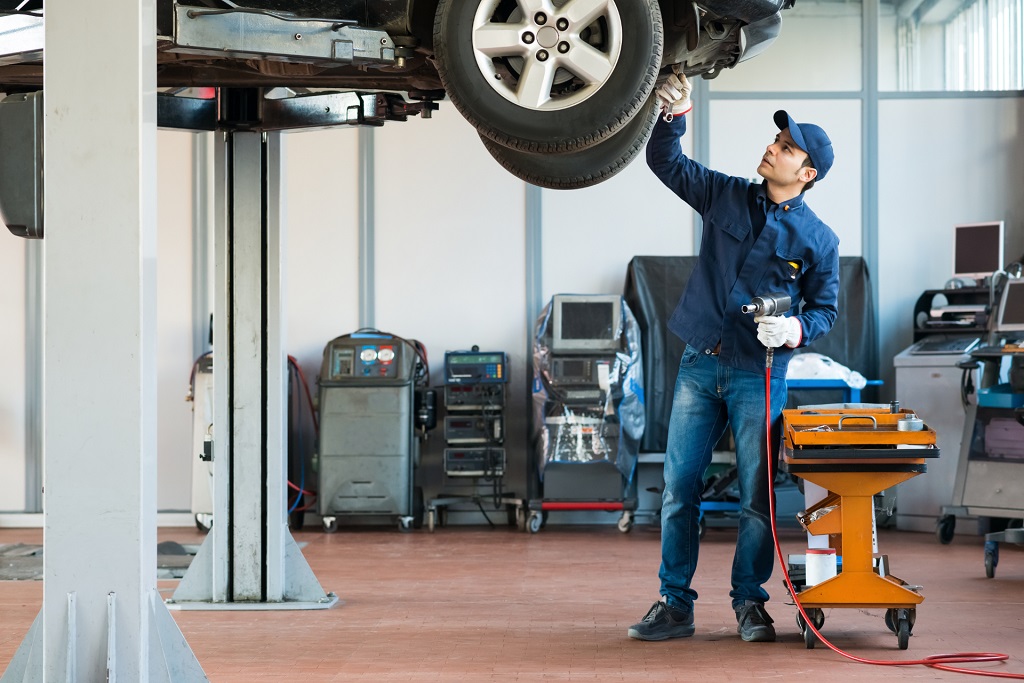Understanding The Functionality and Maintenance of Diesel Generators

Do you ever wonder how your neighbour’s house keeps gleaming with life when a power outage veils the rest of the street in darkness? Have you ever stopped to consider the quiet hum that emanates from the basement of commercial buildings despite a blackout? Or perhaps you've questioned why hospitals seem to be the perennial beacon of light in even the most extended electricity failure? The answer is diesel generators. These hidden powerhouses, intertwined into our daily lives without much acknowledgment, remain the unsung heroes of continuity and convenience.
This blog post strives to delve into the world of these energy giants – diesel generators. From understanding their functionality, their pros and cons, to learning some basic maintenance tips that could prolong their life and improve their efficiency, we venture into a comprehensive exploration, decoding the mystery ensnared within these grundgy grey figures.
Does the echoing roar of the term 'diesel generator' invoke dreariness? Worry not, as we unravel this intriguing technology in a way that's both enjoyable and visually appealing, creating less of a lecture and more engaging dialogue.
Diesel Generators: The What and Why
Diesel generators, as their name suggests, run on diesel fuel. Apart from the fact that diesel is cheaper than most other conventional fuels, it also burns slower, making it a more efficient and less wasteful alternative.
You may wonder, why a diesel generator? Well, aside from their cost efficiency, they are also renowned for their reliability. In scenarios where continuous power supply is a necessity, such as hospitals or data centres, the reliability that a diesel generator offers is invaluable.
Combine this with their energy-efficient traits and longevity, and you'll see the heart of their popularity: an attractive package of dependability and practicality. It's no wonder then that diesel generators have become the go-to backup power solution for industries and households alike.
The Anatomy of Diesel Generators
Understanding how diesel generators work involves diving into their anatomy. At its core, a diesel generator consists of a diesel engine and an electric generator or alternator, which converts mechanical energy into electrical energy.
Fuel injection is a critical process where diesel (fuel) is introduced directly into the engine's combustion chamber. This function ignites the fuel-air mixture, creating high-pressure gases that push the piston, creating mechanical energy.
Following this, the alternator converts this rotational energy into electricity, making power readily available for immediate use or storage. This somewhat simple yet ingenious process attests to the genius of human invention that allows us to harness the power to light up the world, literally.
Pros and Cons of Diesel Generators
Like all things, diesel generators come with their own pros and cons. On the bright side, they are known for efficiency, reliability, and lower operational costs compared to other generators.
The downside, though, involves their louder noise output and higher upfront cost. Additionally, their environmental footprint due to diesel combustion is a concern, making them less eco-friendly compared to renewable energy options.
Basic Maintenance of Diesel Generators
Maintaining a diesel generator might seem daunting, but with routine checks, it becomes manageable. Regular servicing includes inspecting for possible leaks, replacing filters, changing oil, and keeping the generators clean.
It’s essential to check and charge the batteries regularly, and protecting your generator from dust and moisture can elongate its lifespan. Remember: optimal care equates optimal performance.
Conclusion: The Power Hero
Diving into diesel generators allows us to appreciate these magnificent machines for what they truly are – silent heroes of our everyday lives. They offer us convenience, security, and the warmth of light amidst darkness.
While they aren't the ideal eco-friendly solution, their efficient use of fuel and reliability keep them popular. And with proper maintenance, a diesel generator could be your trustworthy sentinel, standing guard over your power supply, ready to keep your world illuminated at a moment's notice.
Understanding this sector of technology truly champions the belief that the realm of home improvement is, indeed, a multifaceted, engrossing world of discoveries.



